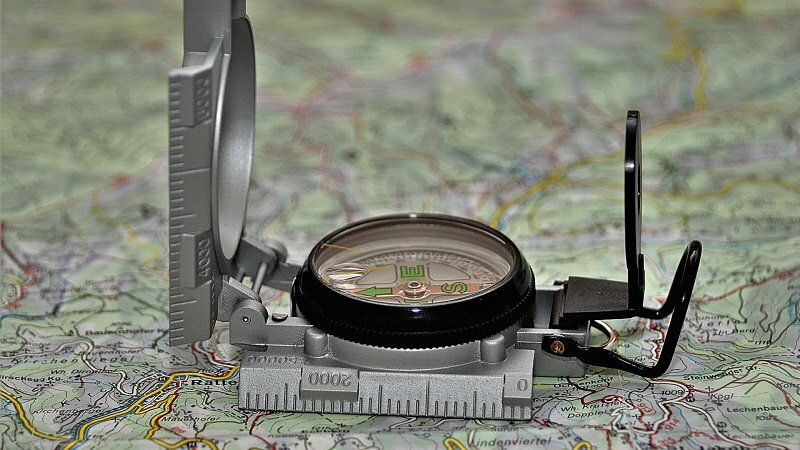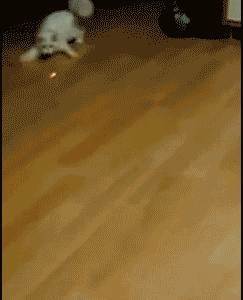Last updated April 18, 2018 at 9:33 am
Forget Google Maps and GPS, some animals have humans beaten when it comes to navigation. They can find their way around far better than you can.

Of the many amazing things animals can do, one of their party tricks is navigation.
They could be out in the middle of nowhere, but they still know which direction to go to get home.
While humans rely on technology, some animals don’t need anything other than their brain and are able to find their way by looking at the moon or stars. Here are four of the best galactic navigators on Earth.
Dung Beetles
Ok dung beetles aren’t travelling long distances, but they still use the moon and stars to find their way. They build and then roll a ball of dung away from a pile of… well, dung, to stop other beetles from eating it.
They then bury it and eat it several metres away.
To stop them from looping around on themselves, some species use the the moon and patterns of its light as a compass, while others use the Milky Way.
Scientists put the beetles who use the Milky Way to the test in a planetarium, and if the sky above showed only the Milky Way the beetles acted normally.
But if the Milky Way was missing, they got disorientated and wandered around lost like a millennial with a flat phone battery.
Rather than using any particular stars in the Milky Way, they seem to use the differences in brightness between different parts to work out which direction is which.
Related: Let’s Talk About Sex. Beetle Sex
Birds
Some migratory birds have a strategy for navigation that relies on identifying the starry sky’s centre of rotation.
This is a pretty clever thing to focus on, because the location of the centre of rotation doesn’t change. If the birds navigated using the stars themselves they would need to compensate for the movement of the stars, so using the centre of their rotation gives them a constant reference point.
Researchers are trying to find out how star navigation is combined with other compass information, such as magnetic fields and polarised light.
Some species can navigate using only the stars without any magnetic field, and ignore the magnetic field information when they can clearly see the stars. It’s thought that some even recalibrate their magnetic compass so that it fits with what they can see in the stars.
However, they seem to learn to use the centre of rotation. In a planetarium, scientists altered the image of the stars being shown to birds so that they rotated around the star Betelgeuse, instead of just near Polaris (the North star).
The birds adapted to learn this new centre of rotation.
However just using the centre of rotation of the stars isn’t enough for long-distance navigation, as it only lets the bird work out north and south.
Scientists spread birds out east to west, and found that they did not react to the stars being in slightly different positions along the line.
Related: How Porpoises Use Physics and Their Heads for Super Accurate Long Distance Sonar
Seals
Seals don’t necessarily migrate, but many do embark on long foraging and dispersal journeys that take several days and nights.
To work out how they know where they’re going, scientists put them in a floating planetarium, and found that seemed to use particular bright stars as waypoints.
However, the scientists used a laser pointer to train the seals to identify an individual star at the star of training, which the seals then used as their wayfinding star.
The scientists said this meant they had learned how to use a lodestar to find the correct direction.
But the experiment didn’t rule out that they were using other stars to orientate, or that they had just learnt that the images were projections and that if they touched the wall beneath the identified star they would get a reward (rather than intending on actually travelling in that direction).
Related: What Are Animal Weapons
Moths
Many species use the sun as a compass, including the most commonly studied species of butterflies. However, while many roost during the night, others are out and about, and they may well share their daytime brethren’s celestial compass.
Yellow underwing moths that were tethered in place in a way that still allowed them to move and rotate freely, were found to orientate by the moon and the stars.
However, their orientation seemed to drift over time, which seems to suggest they don’t compensate for the movement of the stars.
Beyond that, not much more study has been done into how moths find their way.
There are a few more studies under way at the moment, but beyond an indication they navigate by the stars, and that they’re attracted to light, we still don’t know much about how moths get around.
The study has been published in the Proceedings of the Royal Society B.
Related content
Sheep Can Recognise Baaarack Obaaama
Follow us on Facebook, Twitter and Instagram to get all the latest science.































































































































































































































































